I have one excel that contains the demand for each part by city:
e.g: the demand for part a for New york is 100 and 1+7=8 for Atlanta
I have another excel containing the inventory level for two warehouses: rural and urban:
e.g: Warehouse "Rural" stocks 50 for part a and warehouse "Urban" stocks zero for part c.
First I joined these two excels with the demand excel being the primary:
I googled about LOD (level of detail) in order to find out the inventory fulfillment for each warehouse by City
-- count the number of unique parts by each city for the demand:
calculated field [a] = { fixed [City]: countd([Part Number demand]) }
-- count the number of parts that are in stock (inventory level>0) by each warehouse:
calculated field [b] = { fixed [City],[Warehouse Location],[Part Number volume]: countd (if [Inventory Level] > 0 then [Part Number demand] end )}
-- calculate the inventory fulfillment %:
calculated field [c] = calculated field [a] / calculated [b]
and I got the following table and I think it is showing the correct fulfillment % by warehouse for each city: e.g: Warehouse "Rural" stocks 33% of unique parts needed by Atlanta.
Question 1: as I include more part numbers into the excel, I only want to consider the top 10 parts by volume needed for each city. I was trying to do the same thing with LOD to first find the total quantity needed per part per city:
{fixed [City], [Part Number demand]: sum([Part Number volume]) }
But it counts the quantity from both excels and I am just wondering if it is possible to only count the quantity from the primary excel (demand not the inventory),
Question 2: once I could count the total quantity needed, how do I transfer it into a filter so that I could only select top 10 parts by demand.
Apologize if these questions are dumb and appreciate for any advice!!



